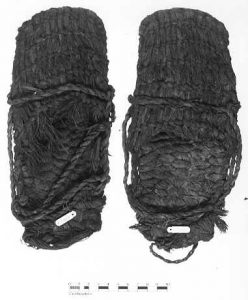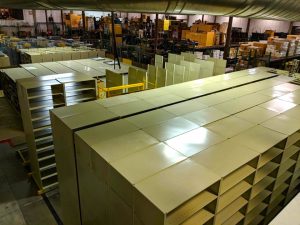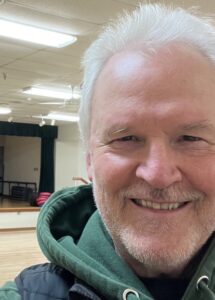Most museums have a bar they set for accepting historical debris, artifacts, one of a kind deals, and whatever an important person touched or signed.
Paul Revere silver, the last breath of Thomas Edison, the Magna Carta? No one is making any more of that stuff, so that’s a bar too high.
Lower it down to create a record of time with the material record, also known as historical debris, stuff that didn’t get thrown away, and the always favorite ‘I don’t know what it is but I like it.’
The last one isn’t an academic point of view, but we all know something we like that no one else gives two shakes about.
Category One is stuff with greatest interest. Category Two is good, just not as good. Category Three is the ‘study collection.’
The best of the best in any museum is Cat. 1, or an equivalent. It’s the sort of textile, wood, or metal sharp curators write restoration grants for. That’s the job of museums, to preserve and protect, and nothing says protection better than a facility audit to determine the most stable environment for the most fragile of things.
Some of the most fragile material is the most mundane. We love native baskets, but evidence suggests they were no more exotic than a set of cooking and serving ware from Bed Bath and Beyond.
It’s a question of longevity. Baskets were used up and replaced during the ten thousand or so years before contact. Some of the same material was used to make the Fort Rock Sandals.

Sagebrush bark sandals from Fort Rock Cave, similar to specimens radiocarbon dated from 10,500-9,300 years old. via UofO
A good museum forces the question of what will our species look back on from our time here?
With good storage there’s a chance some evidence, some historical debris, will be around to further the discussion.
Captain U.S. Grant’s chair when he was stationed in the Pacific Northwest? A claymation figure of Mark Twain from the Will Vinton studio? A heart valve invented by Albert Starr?
Like golf critics who’d try to subdivide every course from Augusta to Pebble Beach, museum critics would like to see more priceless material on the open market. Short of that they’d settle for the open Black Market.
Anyone who’s been on the grounds of a well cared for golf property, without even playing, has felt the pull of something bigger than themselves. The beauty and precision of a sports clubhouse is awesome when members follow protocol. Golf demands it.
And you leave with the memory of a tradition unlike any other.
Witnessing, or even holding, rare objects from a distant past, carries the same historical debris mojo. It is one of a kind, or in the case of the Magna Carta I got my hands on during a condition report, four of a kind. And a lifelong memory.
The main reason we collect things we like? They’re one of a kind to us. Why do we protect them? So others can share the same sense of ‘special.’
The bigger picture is preservation. From product packaging last seen in the 1800’s to the National Archive, America is nothing if not the museum of a shared culture that grows with each new citizen.



